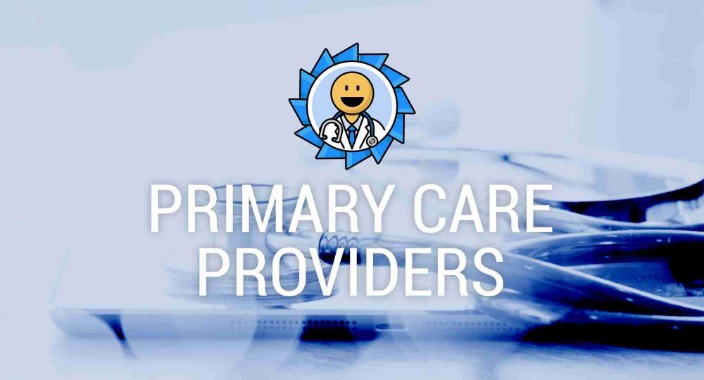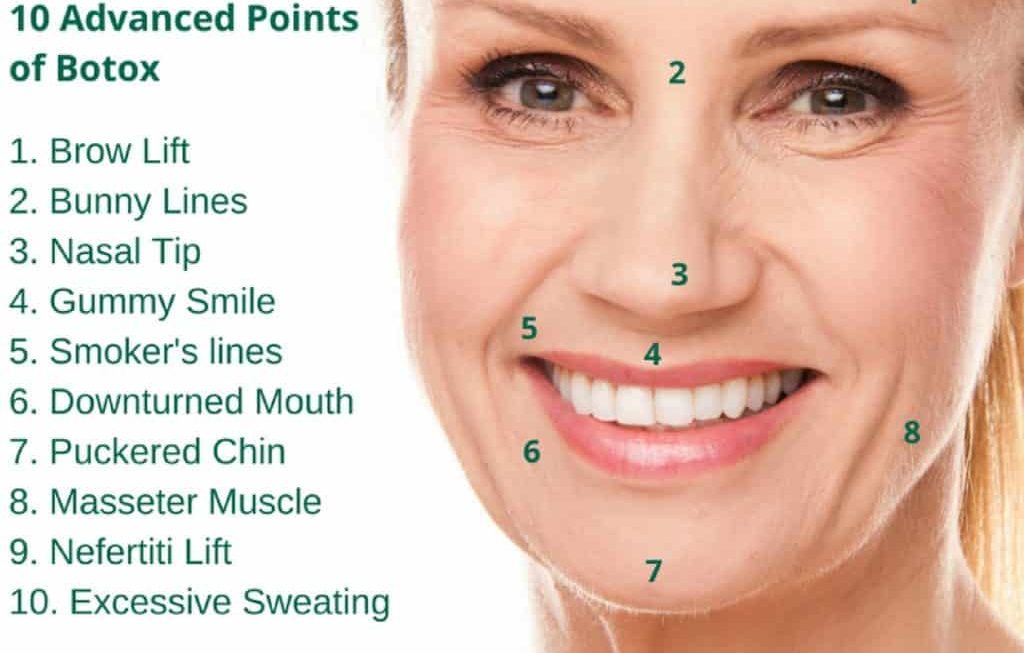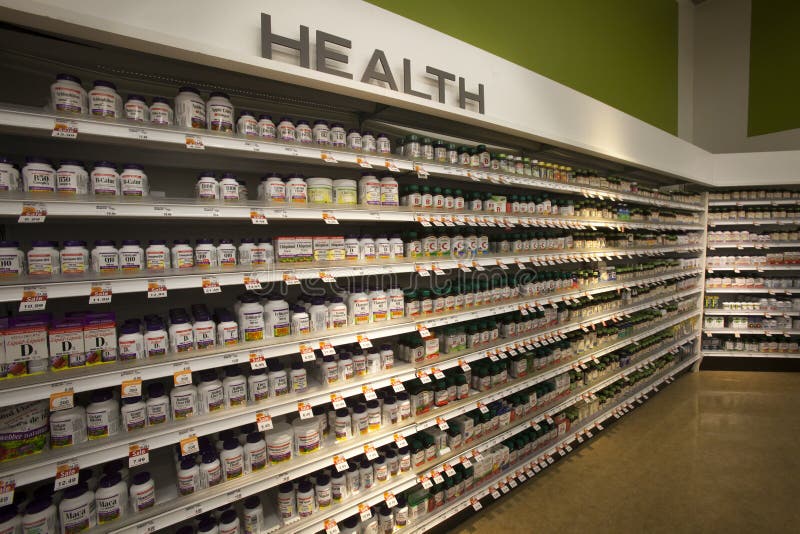The more you know about healthcare coverage, the easier it is to stay on top of your health. Everyone deserves access to the care they need at a price they can afford. Depending on your type of coverage, there are different steps you need to take to cancel coverage.
One is the Special Payment which compensates the caregiver for medical items and medical services. The other is the Basic Payment to help with the cost of housing, food, clothing, and some durable medical equipment. Like all thank you messages, consider your medium and your relationship. If this is a doctor you’ve known for a long time, you might feel comfortable being more casual in your thank you. Many also choose to send a gift, like a gift card, flowers, baked goods, or even a gift basket. Ultimately, it’s up to you how you show your doctor you care. Finally, sometimes a longer thank you message doesn’t feel appropriate.
Read more about Repose Services Group here.
Therefore, each state has different guidelines for coverage and benefits. Though I wish I was writing this thank you note under different circumstances, I have to thank you for all you did to help my loved one in their final days. Your positivity and compassion spoke to your years of expertise and knowledge. Not only did you help my aunt stay comfortable during her final hours, but you never wavered in your support. Though I miss my family member dearly, I feel peace knowing they were under such qualified care. They want to know that you’re not only feeling better but that you’re living life to its fullest.
Death Anxiety and Attitudes Towards Caring for the Dying
Thanks to the efforts of Big Funeral, the industry holds a monopoly on the afterlife—and it’s pricing people out of dying. The care of dying patients presents ethical challenges for nurses, contradicting the medical mandate which is strongly focused on restoring patients to health [2]. In particular, the primary work of critical care, intensive care and emergency doctors and nurses is to rescue patients from medical crises. It is also complicated by the clinical environments in these areas that are designed to allow for intervention and observation, are rarely private for the patient or their family and are always in high demand. There is also a real conflict for nurses who have the competing demands of caring for a dying patient along with an acute or “rescuable” patient group. Ultimately, it’s up to you if you wish to keep your healthcare marketplace coverage into the next year.
If health is a human right, as the World Health Organization claims, the dignified treatment of human remains should be, too. Where many communities were once served by small mom-and-pop funeral shops, the death-care landscape has been transformed by shareholder-driven companies. Service Corporation International is the largest funeral services provider in North America, with over 1,500 funeral homes and 500 cemeteries in its portfolio, accounting for roughly 16 percent of the overall market share. Instead of lowering prices as it has scaled, SCI prices average 47 to 72 percent higher than those of its competitors, according to a 2017 report coauthored by the Funeral Consumers Alliance. The only people who don’t seem to mind are investors, whose stock is up 151 percent over five years.
How Can Personal Beliefs Affect The Care Of Patients?
This, of course, is especially important if the end of one’s life is known to be near. While everyone experiences death uniquely, there are some commonalities that are worth knowing about. There are also practical considerations to be dealt with, as well as emotional ones for those left behind. We know at which age a person’s likelihood of disease goes dramatically up.
A suite of initiatives, including engaging relevant cultural education, are required to improve the delivery of culturally safe care for Aboriginal and Torres Strait Islander healthcare users. Further research is required to examine cost effective ways to expand cultural education which addresses the needs of staff, the organization, the patient and their family. Poor patient-provider communication adversely impacts on the delivery of equitable care [6] and has been identified as one of the most common ways clients experience racism in the health setting [36]. Communication is shaped by unconscious ideas which can be difficult to acknowledge and control, including stereotypes and negative attitudes which contribute to racial/ethnic disparities [37]. A contributing factor to negative stereotyping is a lack of cultural knowledge. Assessing the impact of cultural awareness training on patient outcomes is difficult to track. To the best of our knowledge this is the first time such research has been undertaken in this jurisdiction.
However, do your best to send your thank-you note within a month of your surgery, office visit, or baby delivery. Either way, note there is no time limit or deadline on these messages. Even if you wait weeks (or even months), it’s never too late to send a thank you card to your doctor. The Health Care Certification form is essentially your loved one’s application to the IHSS program and provides evidence of the type of assistance they require. Each county in California has a website for the IHSS Program. To qualify for the IHSS program, your loved one must go through a Medi-Cal eligibility determination. They can apply for the program by mail, in person, or online.
Grief is a powerful, multifaceted, and often uncontrollable response that people experience following a personally painful or traumatic event, such as the death of a loved one. While grief is a perfectly normal and necessary reaction to loss, each person will mourn in his or her unique way and time.



